Polonnaruwa: The Ancient Kingdom
Polonnaruwa
An ancient city in the heart of the Cultural Triangle, Polonnaruwa is the second kingdom that was established on the island. Established as the capital from 1056 AD, it was the administrative centre until it fell in the 14th century, due to constant Chola invasions from India. However, many vestiges lay scattered in the present-day city, which include places of worship, monuments and relics of royalty.
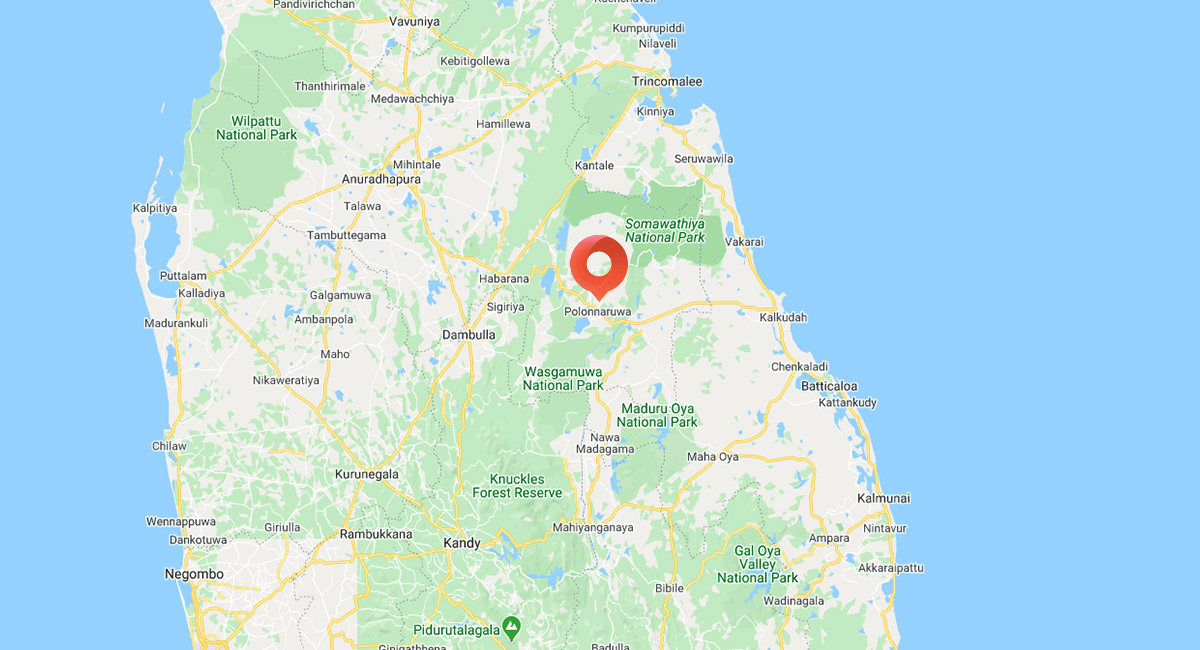
Key Attractions
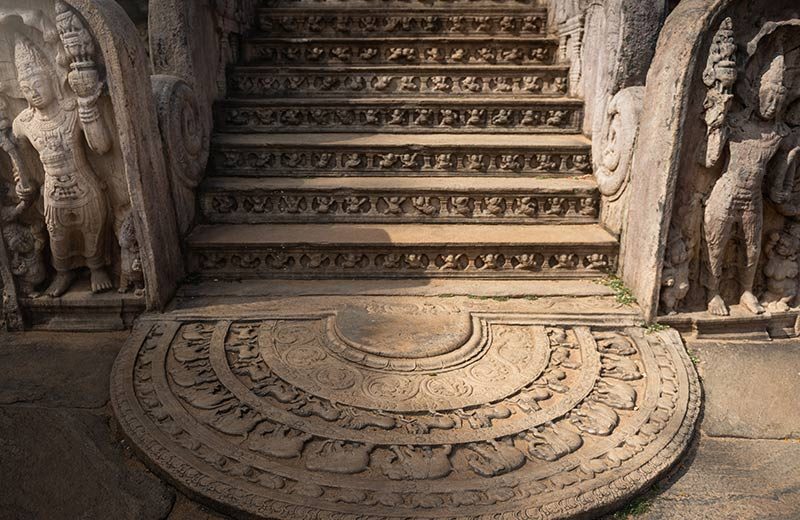
Archaeological excursions in Polonnaruwa
Sri Lanka has had a long and tumultuous history, filled with kings, grand battles, amazing architecture and epic stories, and that’s what makes it such an attractive destination to enthusiasts of the Ancient World. Ancient ruins are scattered across the island, with their tell-tale facades beckoning visitors to explore its secrets. Located almost 1.5 hours from Pasikudah, visit Polonnaruwa during the day for a change of scenery and setting.
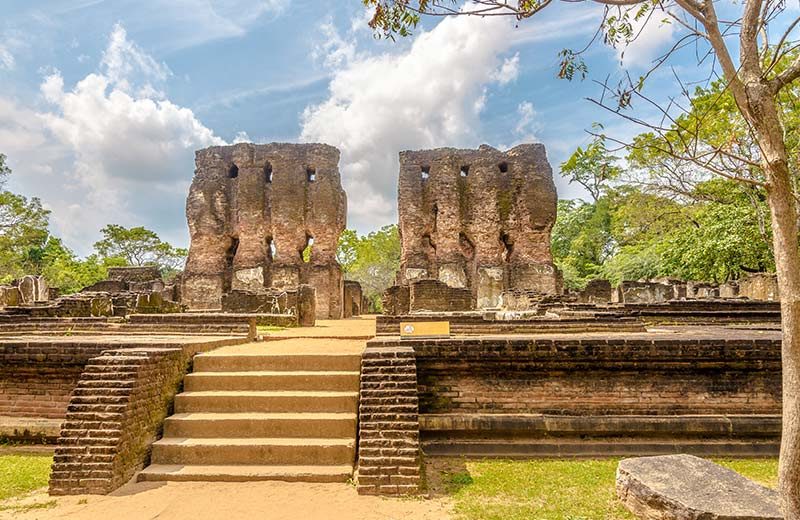
Palace of King Parakramabahu
Once towering at 7 stories, and believed to have around 1,000 chambers, the Palace of the great King Parakramabahu is a reminder of just how great the kingdom was. Built in the 12th century AD, this unique palace was also shared with his ministers, generals and servants. The prosperous kingdom, however, was subjected to constant Chola invasions in the 14th century, which in turn resulted in the kingdom to shift to the region of Ruhuna in the south of the island.
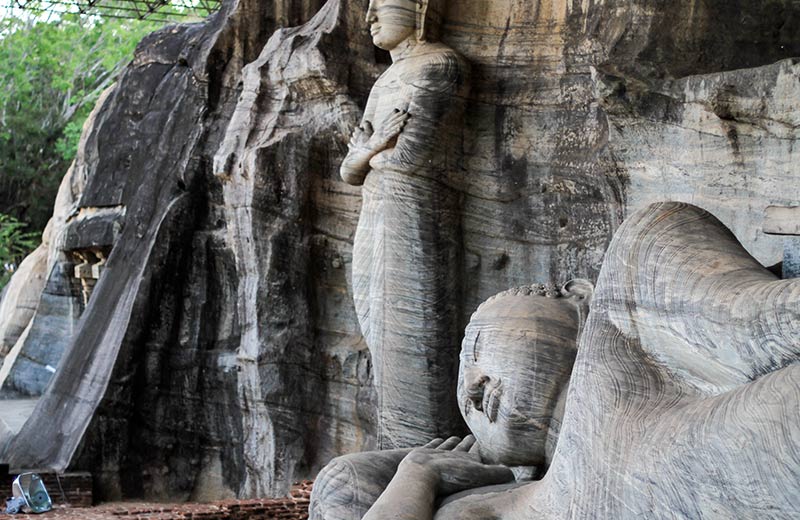
Gal Vihara
Built somewhere in the 12th century, during the reign of King Parakramabahu, the Gal Vihara is a unique vestige that further confirms the intricacies of the craftsman that dwelled in the ancient kingdom. Literally translated as ‘Rock Temple’, the temple is still a major place of worship to many Buddhists in the country.
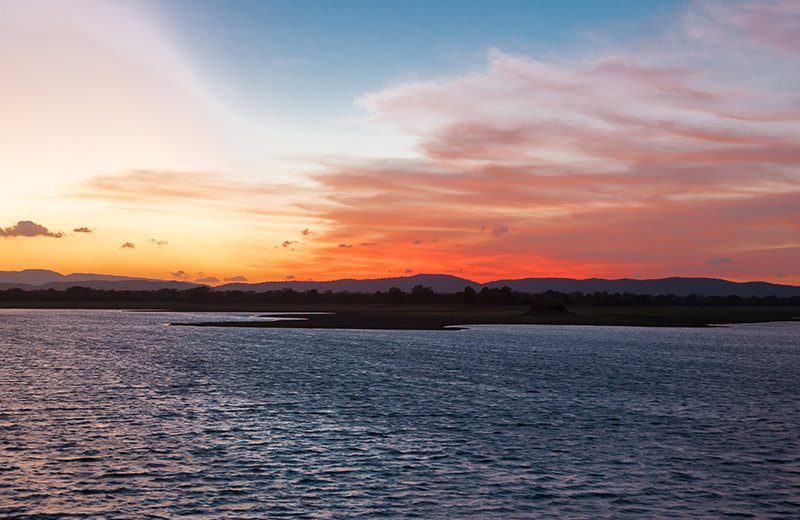
Parakrama Samudra
Another ancient monument that was built in the 12th century during the reign of King Parakramabahu, the Parakrama Samudra is a testament to the engineers of the ancient kingdom. As Polonnaruwa lies in the dry and arid lands of the island, the area experiences two seasons of monsoon rain, which was never enough to keep the populace healthy.
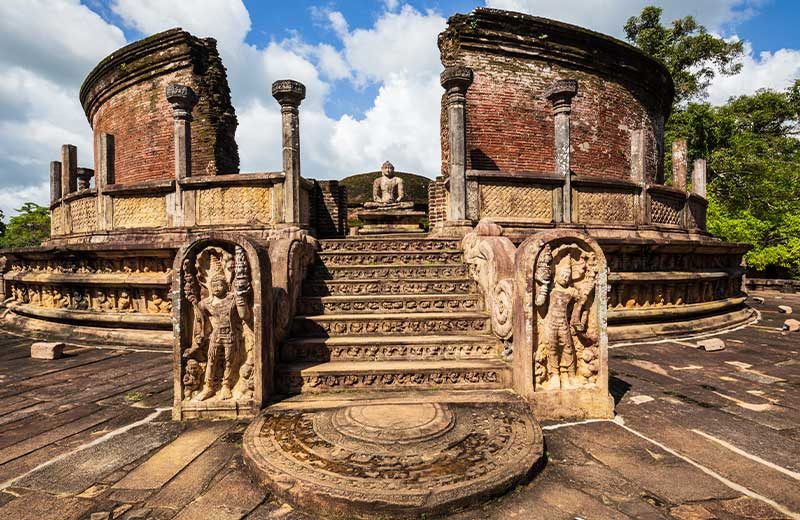
Vatadage
One of the more unique structures of the entire kingdom, the Polonnaruwa Vatadage has a long and illustrious history. Considered to be the only structure of its kind in the whole of Sri Lanka, this complex is believed to be the place in which the Sacred Tooth Relic of the Lord Buddha was housed, following the shift in the capital from Anuradhapura in the 11th century.
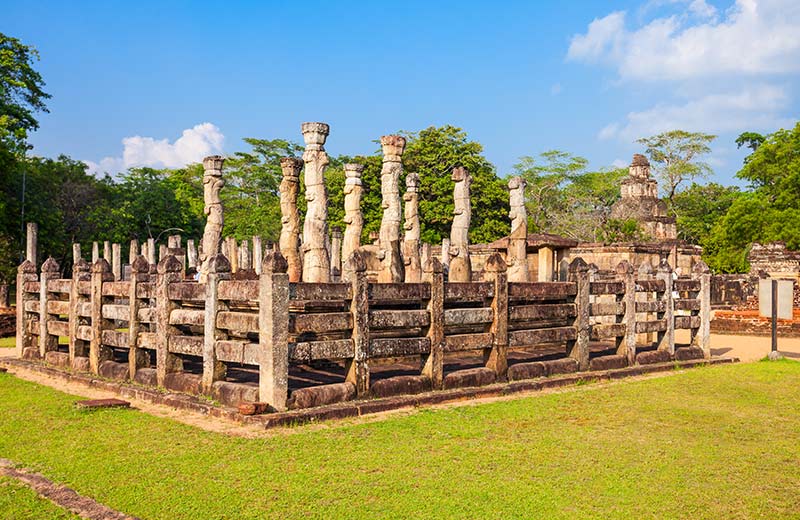
Nissanka Latha Mandapaya
One of the more unique structures built by King Nissankamalla in the 1100s, the Nissanka Latha Mandapaya is believed to be the recitation house for Buddhist chanting (pirith), and still stands as an important monument that showcases how the religion of Buddhism influenced society back in the day.

